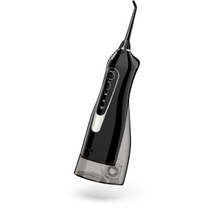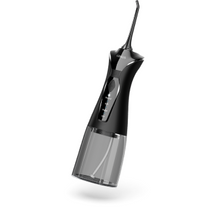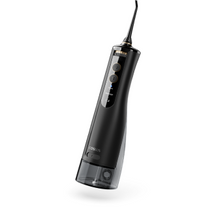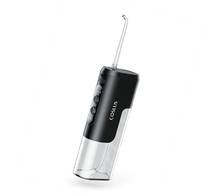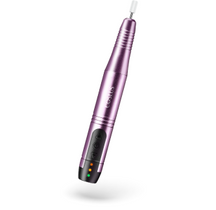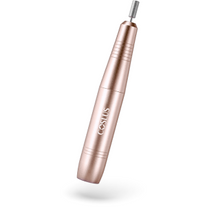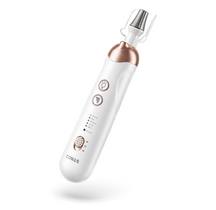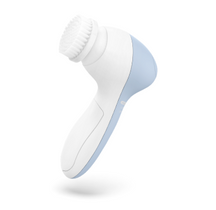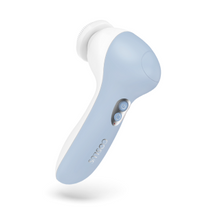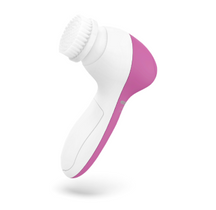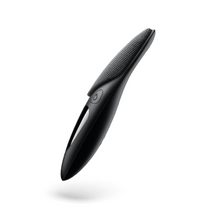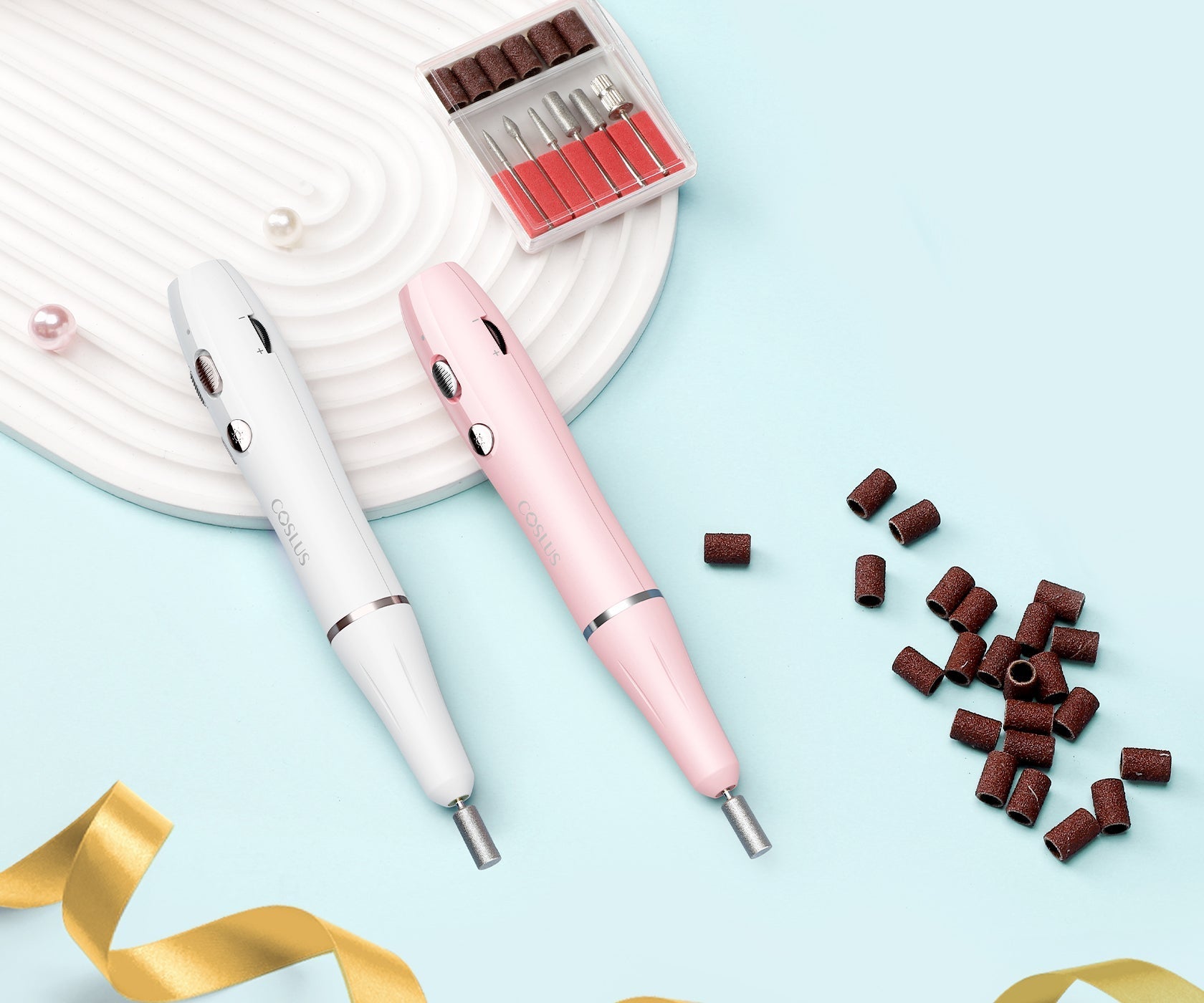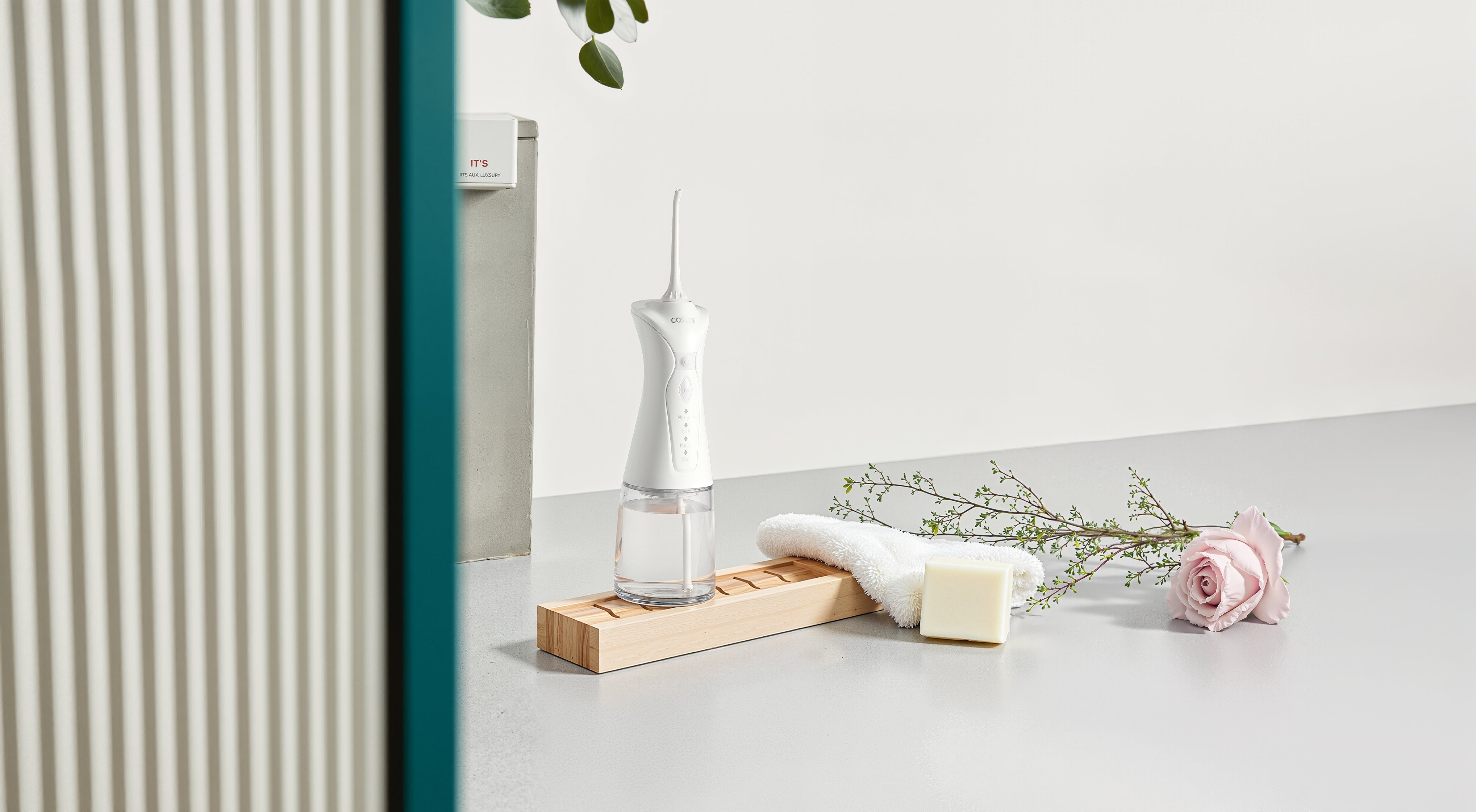
7 Electric Toothbrush Techniques You Should Use for a Cleaner Mouth
Using an electric toothbrush feels like it should take care of everything, right? But even with the best brush, it’s easy to miss spots or use it the wrong way. Brushing too hard or skipping around can leave behind plaque and cause gum trouble. The good news is, a few small tweaks can make your brushing way more effective. With the right moves, your mouth feels cleaner and your smile stays healthier.
1. Hold the Brush at a 45-Degree Angle
Holding the brush head at a 45-degree angle along your gum line allows the bristles to reach both the edge of your tooth and the area just beneath the gums—where plaque tends to build up most. Feel free to adjust this, especially in avoiding gingivitis, which often starts when that plaque is not effectively removed. Don't scrub back and forth; rather, position the brush at that angle and let it do its thing. The spins or shaking is designed to loosen dirt without additional pressure, so move the brush gently and let it clean as it goes.
2. Let the Brush Do the Work—Don't Scrub
One of the biggest mistakes people make when brushing with electric toothbrushes is to brush as you would with a manual toothbrush—scrubbing hard and fast. Not only is this unnecessary, but it can also wear away your enamel and irritate your gums in the long term. Electric toothbrushes do all the work for you, so you just have to hold and guide. This is especially true for sonic electric toothbrushes, which use high-frequency vibrations to clean more effectively than manual brushing.
This is how to brush properly:
1. Hold the brush gently—don't squeeze.
2. Push the brush head against your teeth and gums—then let it spin or vibrate on each area.
3. Work it slowly back and forth over your teeth—move the brush head tooth by tooth, without applying additional pressure.
4. Don't rub back and forth—this could damage more than good.
5. Let the technology in the brush do it for you—most models clean quicker than your hand can, so don't apply pressure.
Softer brushing is not only safer but also more effective.
3. Brush for 2 Full Minutes (Use the Built-In Timer)
Most people don’t brush as long as they think—they stop after 45 seconds to a minute without even realizing it. But to fully clean your teeth and gums, you need a full two minutes. That gives your brush enough time to reach every surface and break down the buildup that leads to plaque and bad breath.
A helpful way to stay on track is the 30-second-per-quadrant method. Divide your mouth into four sections: upper left, upper right, lower left, and lower right. Spend about 30 seconds brushing each one slowly and evenly. Most electric toothbrushes come with a built-in timer that either pauses or buzzes every 30 seconds, so you know when it’s time to switch areas.
Don’t try to guess the time in your head—it’s usually shorter than you think. Using the timer ensures you give every part of your mouth equal care, making your brushing routine more consistent and effective.
4. Clean Each Tooth Surface: Front, Back, and Chewing Surface
If you're using an automatic or rushed brusher, it's easy to miss the crucial areas that are most crucial. Each tooth has three important sides that need your attention: the front, the back, and the top (chewing surface).
Start with the Front
This is what the outside world gets to see when you grin. Angle your brush and go slowly across each tooth. Don't merely sweep across a row of them—stop for a second or two on each one so the bristles can get in there and do their job.
Don't Skip the Backs
The back of your teeth, especially those towards the tongue, are prone to being neglected. These places are just as susceptible to building up plaque and bacteria. Angle the brush slightly and move slowly along the back of each set of teeth. This keeps your breath clean and your gums in good health.
Target the Chewing Surface
Molars and premolars also have deep grooves that trap food and sugar. Put the brush flat on top of each tooth, and let it have a few seconds to clean out those tiny pits. This is important for cavity prevention.
Front Bottom Teeth Need Special Care
The back surface of your lower front teeth is one of the easiest areas to miss. The space is thin and tight, so try holding the brush head upright and using light up-and-down motions. A few extra seconds here will prevent tartar from building up.
Taking it slow and covering every surface allows your brushing to be that much more efficient. With a little more TLC, your teeth will be smoother, your breath will still be fresher, and your dentist will notice the difference.
5. Use the Right Brush Head and Replace It Often
Not all brush heads are made alike, and the proper one can make your routine more effective and more comfortable. Soft bristles are safest and most recommended for most people—they are good on gums but hard enough to clean properly. If you have special requirements, like braces, sensitive gums, or heavy plaque accumulation, there are specific brush heads that cater to those conditions.
Also, don't forget to replace your brush head every 3 months. Even earlier if the bristles are starting to flex or fray. Worn-down bristles can't get the task accomplished and can even irritate your gums the incorrect way. Most heads are easy to swap, and a couple even have color-fade markers so you know it is time for a new head. Clean tools equal a cleaner mouth. If you're considering an upgrade, sonic toothbrushes offer advanced cleaning technology that might better suit your oral health needs.
6. Pay Attention to Your Gumline and Back Molars
Some areas are difficult to reach even with an electric toothbrush—especially along the gum line and in the back teeth. These are often where plaque and food particles accumulate most easily, but they're also where these areas get skimped or rushed. Spending a little extra time taking care of them will pay dividends in the battle against gum disease and tooth decay.
This is how to clean these annoying areas better:
1. Tilt the brush slightly towards the gumline to enable bristles to gently sweep below where plaque tends to build up.
2. March slowly and pause briefly along each curvature of your gums but avoid pressing too hard.
3. Tilt the brush head to be able to reach your back molars behind, brushing the top and sides thoroughly.
4. Spend a few extra seconds in these areas, especially if food traps are there or your gums bleed during brushing.
These subtle changes clean your whole mouth—not just the difficult spots.
7. Rinse and Clean the Brush After Every Use
Getting your toothbrush clean is just as important as good brushing. Toothpaste and germs can be left behind on the bristles or handle of your toothbrush after brushing. If not, you may be spreading mold, unpleasant smells, or possibly redepositing germs into your mouth the next time you brush.
Make cleaning a habit:
1. Rinse the brush head thoroughly with running water to dislodge any excess toothpaste and debris.
2. Shake off excess water and store standing up, where it will air dry fully between uses. Avoid using closed containers, which retain moisture.
3. Wash the handle once a week, especially in and around buttons or ridges where dirt is likely to settle.
4. Clean from time to time, especially during flu season or after a cold—some models allow for brush head disinfection by ultraviolet cleaners or dipping into antibacterial rinse.
A clean brush protects both your teeth and your health.
Brush Better with These Electric Toothbrush Techniques
Brushing with an electric toothbrush makes all the difference—if you brush smart. These seven simple steps guarantee you're brushing better, lowering your risk of gum issues, and wiping out the spots most of us commonly miss. No need to overhaul your whole routine—just make a few small changes and the payoff is huge. Try putting one or two of these tips into practice today and see how much fresher your mouth feels. Your smile will thank you.
Table of Contents
- 1. Hold the Brush at a 45-Degree Angle
- 2. Let the Brush Do the Work—Don't Scrub
- 3. Brush for 2 Full Minutes (Use the Built-In Timer)
- 4. Clean Each Tooth Surface: Front, Back, and Chewing Surface
- 5. Use the Right Brush Head and Replace It Often
- 6. Pay Attention to Your Gumline and Back Molars
- 7. Rinse and Clean the Brush After Every Use
- Brush Better with These Electric Toothbrush Techniques
Table of Contents
- 1. Hold the Brush at a 45-Degree Angle
- 2. Let the Brush Do the Work—Don't Scrub
- 3. Brush for 2 Full Minutes (Use the Built-In Timer)
- 4. Clean Each Tooth Surface: Front, Back, and Chewing Surface
- 5. Use the Right Brush Head and Replace It Often
- 6. Pay Attention to Your Gumline and Back Molars
- 7. Rinse and Clean the Brush After Every Use
- Brush Better with These Electric Toothbrush Techniques


